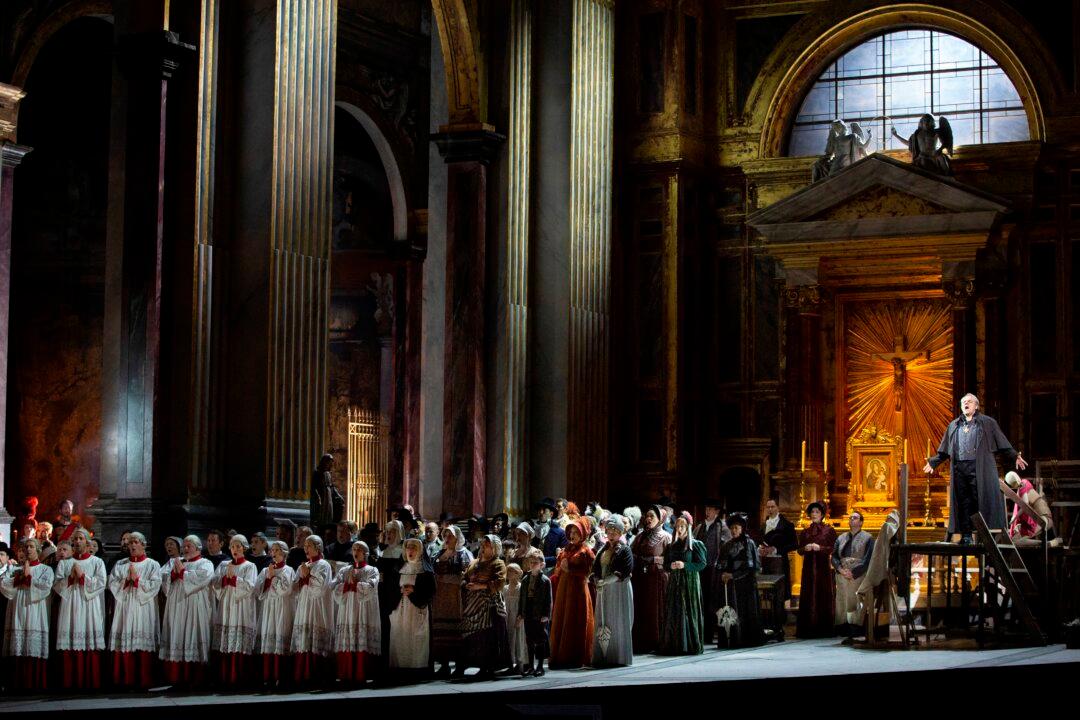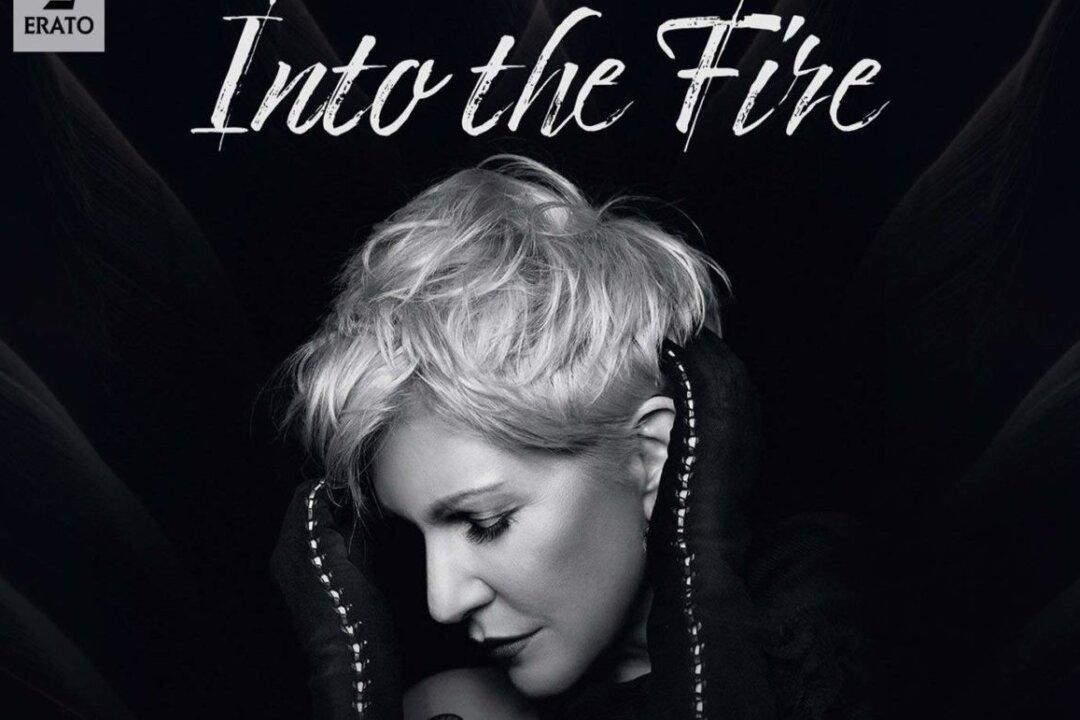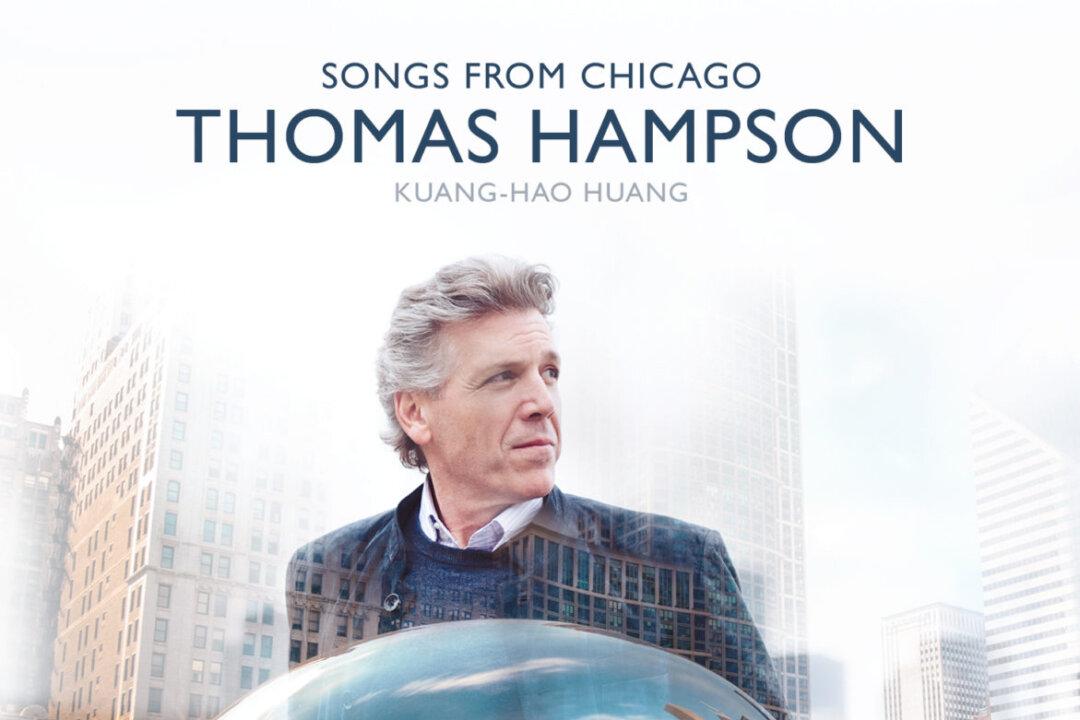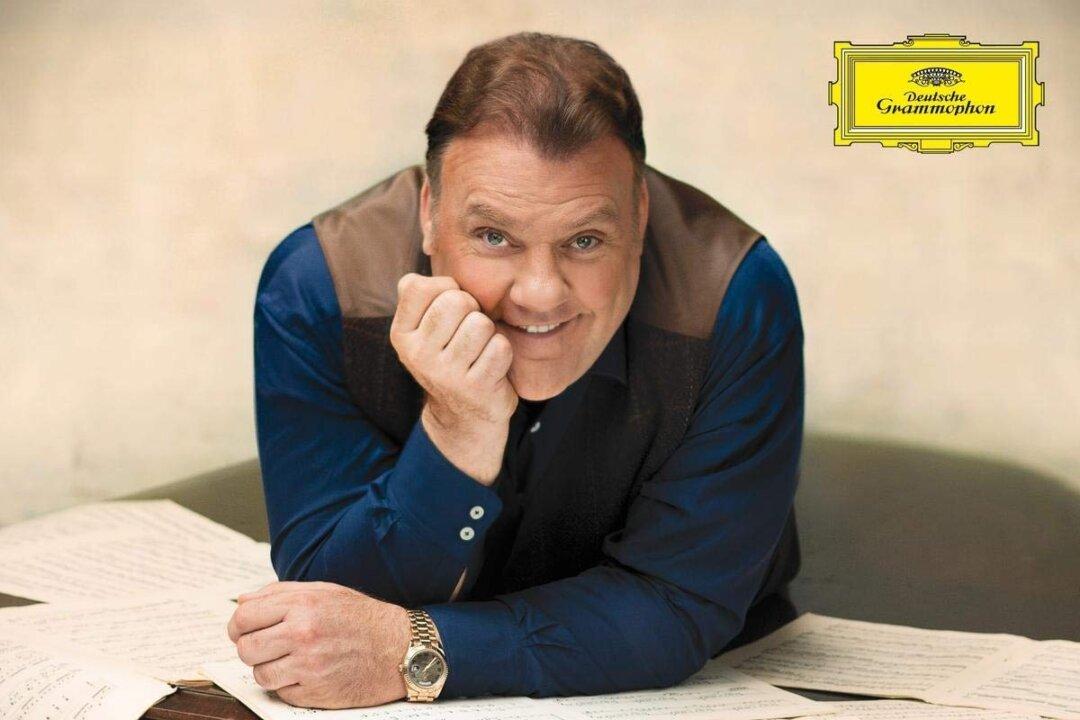Based on a Victorien Sardou play, a vehicle for international star Sarah Bernhardt, Giacomo Puccini’s “Tosca” is a melodrama of romantic obsession, political intrigue, and religious themes.
George Bernard Shaw called the opera a “shabby little shocker.” (Sometimes the quote is credited to critic Joseph Kerman, but there is no question that Shaw dismissed it in similar terms.) Nevertheless, it is one of the composer’s most popular and highly praised operas and perhaps his most tightly constructed work. There are no lulls.






